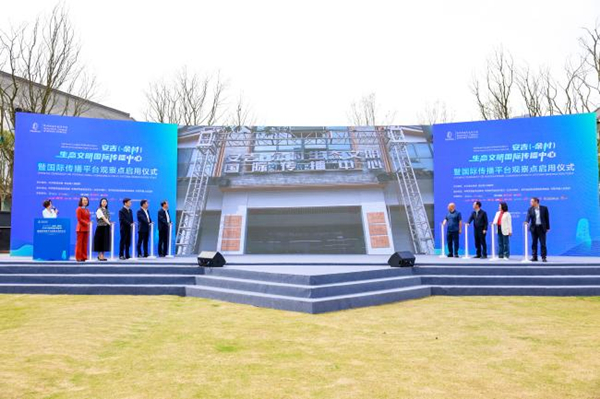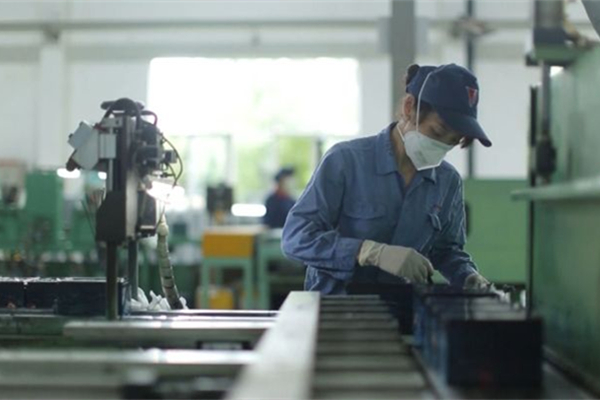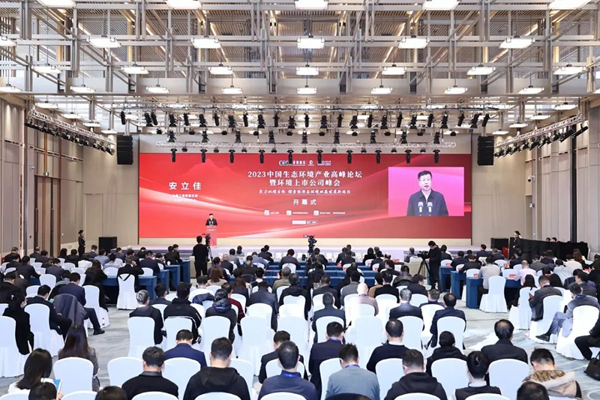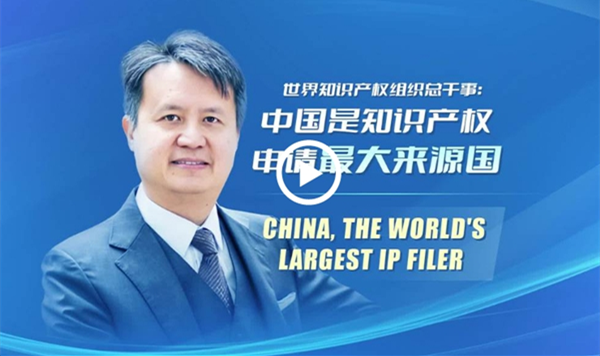Brief intro to Huzhou tea
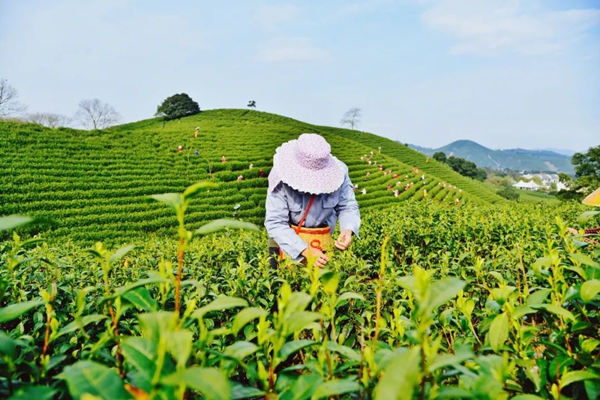
A farmer is busy harvesting tea in Huzhou, East China's Zhejiang province. [Photo/hz66.com]
Huzhou in East China's Zhejiang province has a long history of growing tea. The city is the hometown of Lu Yu, who compiled The Classic of Tea, which is said to be the world's first monograph on tea culture.
Harvest season has recently begun for local spring tea. The output value of the city's tea industry is expected to reach 5.6 billion yuan ($861.54 million) this year, according to local authorities.
The following are some nationally renowned kinds of tea.
Zisun tea
Zisun tea is primarily grown on Guzhu Mountain in Huzhou's Changxing county. The tea was a used as a tribute to the emperor as early as the Tang Dynasty (618-907), which lasted for more than 600 years. It was hailed as the best tea by Lu Yu in The Classic of Tea.
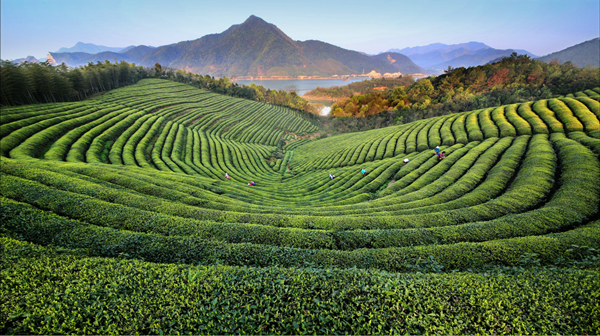
A view of a tea garden in Huzhou, East China's Zhejiang province [Photo/hz66.com]
Anji white tea
Anji white tea is a variety of green tea produced in Anji county, Huzhou. The long, narrow leaves are yellow and have a recognizable fold along the length of the leaf.
It is named as such because its buds that germinate before the Qingming Festival are white. The content of amino acid in the tea's fresh leaves is double that of ordinary tea.
Last April, Anji white tea ranked eighth in China in the annual ranking of regional public tea brand value. This was the 12th consecutive year that the tea made the top 10 list. It had a brand value of 4.52 billion yuan, up 8.48 percent from the previous year.
Mogan Huangya
As its name suggests, this tea is grown on Mount Mogan, a famous summer resort in Huzhou's Deqing county.
The history of tea planting on the mountain dates back to the Song Dynasty (1127-1279). Mogan Huangya is a variety of yellow tea, primarily buds, made with old stir-frying methods


